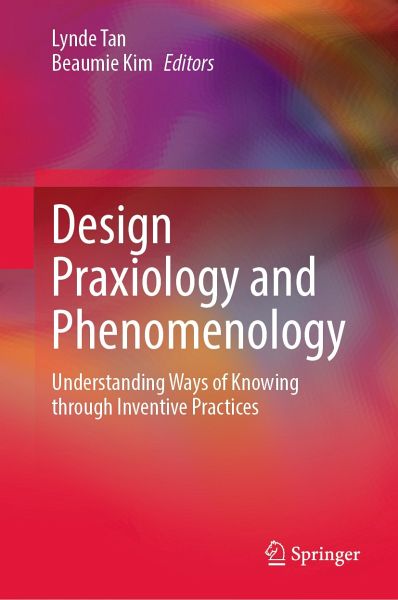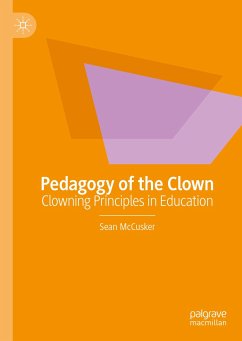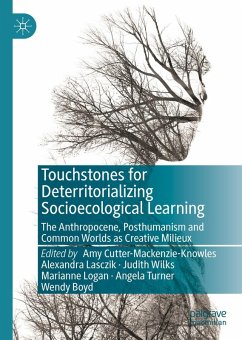
Design Praxiology and Phenomenology (eBook, PDF)
Understanding Ways of Knowing through Inventive Practices
Redaktion: Tan, Lynde; Kim, Beaumie
Versandkostenfrei!
Sofort per Download lieferbar
72,95 €
inkl. MwSt.
Weitere Ausgaben:

PAYBACK Punkte
36 °P sammeln!
This book offers insight into designerly ways of knowing from the perspectives of experts and professionals engaging in diverse forms of design in workplaces and other public domains. It also aids in the understanding of design practices from designers' viewpoints via case studies. By pursuing a reflective inquiry in their design epistemology (designerly ways of knowing), design praxiology (practices of design), or design phenomenology (forms of designs), self-studies of design practices, and presenting studies of designs, the authors of this book demonstrate how they influence the people and ...
This book offers insight into designerly ways of knowing from the perspectives of experts and professionals engaging in diverse forms of design in workplaces and other public domains. It also aids in the understanding of design practices from designers' viewpoints via case studies. By pursuing a reflective inquiry in their design epistemology (designerly ways of knowing), design praxiology (practices of design), or design phenomenology (forms of designs), self-studies of design practices, and presenting studies of designs, the authors of this book demonstrate how they influence the people and the object of inquiry or design. The case studies presented in this book also illustrate how designers develop their expertise, and provides inspiration for the incorporation of design-thinking and practice in education.
Dieser Download kann aus rechtlichen Gründen nur mit Rechnungsadresse in A, B, BG, CY, CZ, D, DK, EW, E, FIN, F, GR, HR, H, IRL, I, LT, L, LR, M, NL, PL, P, R, S, SLO, SK ausgeliefert werden.












